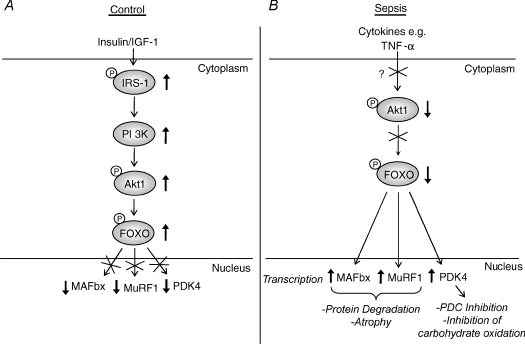Figure 8. A single signalling pathway potentially links muscle protein degradation and regulation of carbohydrate metabolism during lipopolysaccharide (LPS)-induced endotoxaemia.
A, in a non-catabolic state, stimulation with growth factors, such as insulin-like growth factor-1 (IGF-1), and hormones, such as insulin, leads to the activation of the phosphatidylinositol-3 kinase (PI3K)/Akt signalling cascade. Phosphorylation of Forkhead box O (FOXO) 1 or 3 by Akt1 leads to their exclusion from the nucleus, and a reduction in the expression of key genes involved in protein degradation, namely muscle atrophy F-box (MAFbx) and muscle RING finger 1 (MuRF1), and regulation of carbohydrate oxidation (pyruvate dehydrogenase kinase 4 (PDK4)). B, during LPS-induced endotoxaemia, Akt1 is in a predominantly dephosphorylated/inactive state, possibly due to elevated cytokine levels, such as tumour necrosis factor-α (TNF-α). This enables FOXO factors to up-regulate MAFbx and MuRF1 expression, promoting ubiquitin-proteasome pathway (UPP)-mediated protein degradation, as well as PDK4, causing inhibition of the pyruvate dehydrogenase complex (PDC), down-regulation of carbohydrate oxidation, and potentially inducing insulin resistance.

